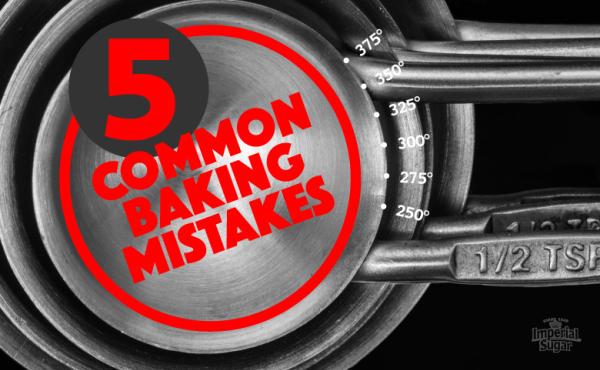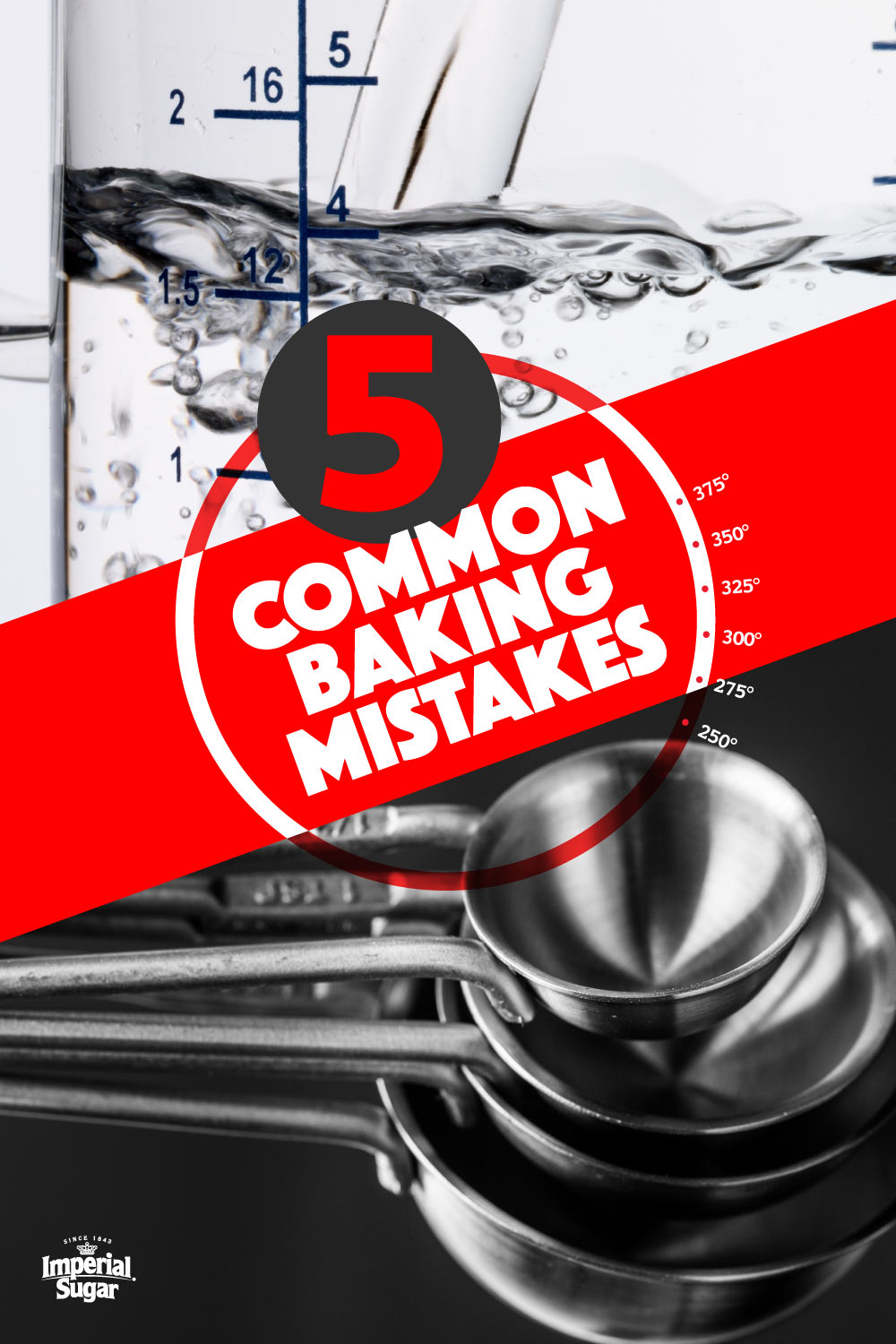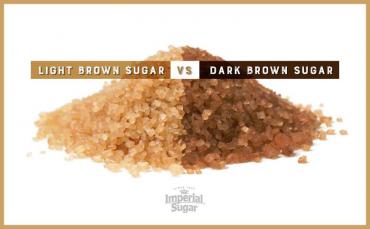
5 Common Baking Mistakes & How To Avoid Them

When it comes to cooking, you can easily take a little creative license. Add a pinch here and a dash there and you can create something wonderful. However, when it comes to baking, it’s as much a science as it is an art – and changing the recipe even a little can drastically affect your outcome.
Our head chef, Chef Eddy Van Damme, (aka “the prince of pastry”), has taught thousands of pastry students over the years. We asked him which baking mistakes he sees new chefs make the most frequently and how to avoid them. If you are making one or two of these baking mistakes, don’t worry. These common baking mistakes are all easy to fix. You’ll be creating masterpieces in no time once you know what to watch out for.
Common Baking Mistake # 1 - Inaccurate Measurements
When you’re not precise in measuring or scaling ingredients for baked goods, the results can be disappointing to disastrous. The taste, consistency, and density can all be negatively impacted if your dry or liquid ingredient measurements are off.
Ingredients such as flour, sugar, eggs, liquids, baking powder, baking soda, and cocoa powder are all crucial and must be in exact amounts. Adding a few extra blueberries to a muffin batter or extra raisins to cookies won’t change things, but for the main ingredients, it’s important to be precise. While baking is a creative process, it’s also very much a science, so estimating or miscalculating ingredient amounts can result in cookies that are hard as rocks or dense cakes.
Common Baking Mistake # 2 - Not Using Room Temperature Ingredients When the Recipe Calls for Them
You may think it’s okay to grab a stick of butter, eggs, or milk straight from the refrigerator in a rush, but if the recipe says they need to be at room temperature – they really do. Remove eggs, butter, and other dairy products from the refrigerator at least 30 minutes and up to 1 hour before baking.
Dairy ingredients at room temperature form an emulsion that traps air. When heated in the oven, this air expands and is what makes your desserts fluffy. When you add cold eggs to a creamed butter and sugar mixture, those air cells are destroyed. Batters made with room-temperature ingredients are smooth and evenly incorporated. Cold ingredients don’t incorporate evenly to bond, resulting in flat chocolate chip cookies or lumpy frosting.
Need to bring your ingredients to room temperature quickly? Check out these hacks.
Broken buttercream frosting is a prime example of what happens when all ingredients aren't at the same temperature. If all ingredients are not at room temperature, the mixture cannot homogenize and will take on a curdled appearance (become soupy looking). This is a sign that the mixture is still too cold. Rapidly stirring and gentle warming will emulsify the buttercream to a smooth and creamy consistency. Continue to mix while using a hair dryer on the outside of the mixing bowl until the perfect consistency is reached.
See examples of how to fix a broken buttercream in this video.
Common Baking Mistake # 3 - Forget to Preheat the Oven
It may seem simple, but this is an important step for success, especially when using ingredients such as yeast, baking soda, and baking powder. These leavening ingredients react to heat and texture. Color and rise issues will occur if the temperature isn’t right from the start. Not preheating the oven to the correct temperature can cause uneven baking and impact the final result.
Issues can also occur if you open the oven during baking as well. The oven temperature drops when you open the door and can affect how a baked good rises. Preheating the oven is especially important for success with our Angel Food Cake recipe and our Butterscotch Sticky Buns.
Common Baking Mistake # 4 - Doubling or Halving a Baking Recipe
When it comes to cooking, for most recipes, the ingredients can simply be doubled. However, baking is a science, with each ingredient playing a specific role in the process, so doubling the ingredients won't always work. Recipes that call for baking soda or baking powder are especially tricky. Reduce each by 1/8 teaspoon for every teaspoon the recipe requires. Professional bakers know that once batches are increased, the leavening agents are decreased.
When doubling up cake recipes like our Carrot Cake, leave the baking powder amounts as they are. But be sure to pour the double batch into separate cake pans. You’ll also want to shoot for having the same batter depth in the pan. More/deeper batter will require a longer bake time.
Additionally – watch out for working with double batches of dough. It’s best to divide the dough in half and work with one at a time instead of attempting to roll out the entire double batch. Twice the amount of dough will be hard to work with, especially when it heats up.
For those of you who love math, this article delves deep into the science behind scaling a recipe up or down. Plus, they have some fun calculators.
Common Baking Mistake # 5 - Using the Wrong Measuring Cups
You will get inaccurate measurements (see baking mistake number one) if you use a dry measuring cup for liquids or a liquid measuring cup for dry goods. Dry ingredients like sugar vary in weight and don’t measure the same as liquid does. Liquid measuring cups usually have a handle and are clear. Dry measuring cups have a flat edge so you can level ingredients. Inaccurate measurements aren’t good when baking any recipe, but can cause especially bad results when making our Almond Orange Biscotti and our Apple Spice Scones.
By avoiding these common baking mistakes, you'll be well on your way to baking like a pro in no time!
PIN IT NOW!

 then
then  Add IMPERIAL SUGAR to Home Screen
Add IMPERIAL SUGAR to Home Screen



Sign in or create an account
You need an account to like and rate recipes, comment, and share a recipe with the community.
Continue with Facebook